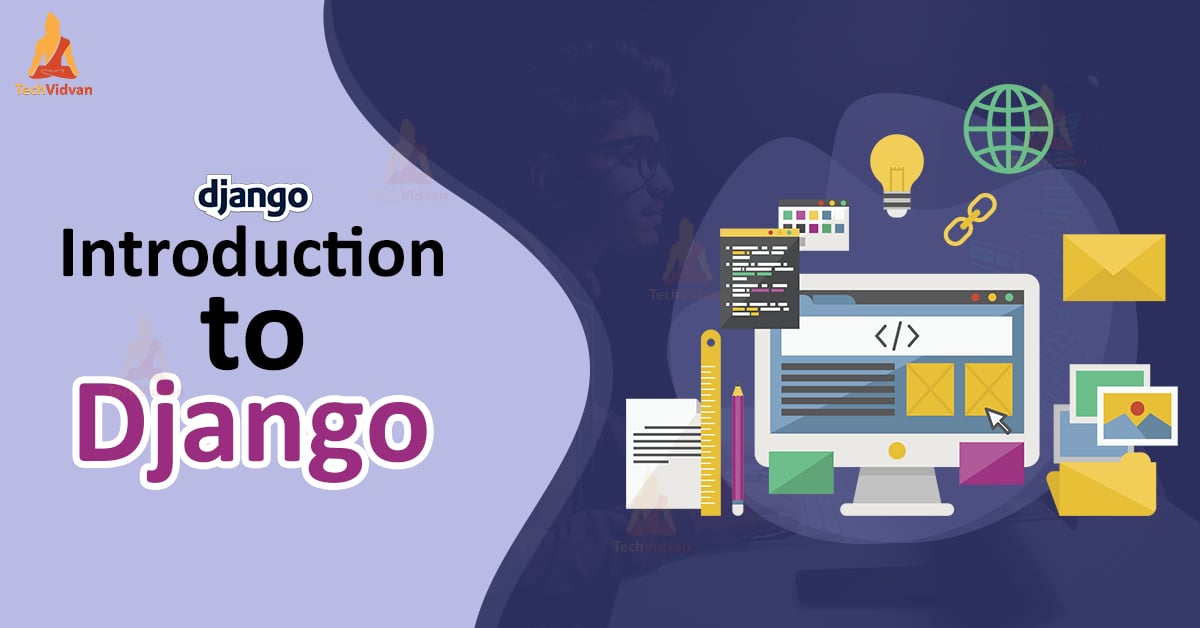PVPN Trends
Stay updated with the latest trends in privacy and security.
Django: The Swiss Army Knife for Web Wizards
Unlock the power of Django! Discover why this versatile framework is the ultimate tool for web wizards seeking to create magic online.
10 Reasons Why Django is the Best Framework for Web Development
Django is a powerful web framework that stands out for its robustness and versatility. One significant reason why Django is the best framework for web development is its emphasis on efficiency. With its 'batteries-included' philosophy, developers have access to a wide range of built-in features, which allows them to focus on writing applications rather than reinventing the wheel. This not only speeds up the development process but also promotes the use of best practices, which leads to cleaner and more maintainable code.
Another compelling reason is Django's security features. In today's digital landscape, protecting user data is paramount. Django is designed to help developers create secure websites automatically by providing mechanisms to help prevent common security threats, such as SQL injection, cross-site scripting, and clickjacking. This focus on security makes it a top choice for developers looking to create reliable and safe applications.

Getting Started with Django: A Beginner's Guide to Building Web Applications
Are you ready to dive into the world of web development? Django is a powerful, high-level Python web framework that encourages rapid development and clean, pragmatic design. In this beginner's guide, we'll explore how to get started with Django and build your first web application. First, ensure you have Python installed on your system, as Django is written in Python. To install Django, simply run the command pip install Django in your terminal. Once you have Django set up, use django-admin startproject myproject to create a new project. This command sets up the basic structure of your web application, including necessary files and directories to keep your project organized.
Now that your project is created, it’s time to dive deeper into building your application. Begin by creating your first app using the command python manage.py startapp myapp. This step is crucial as it allows you to break down your project into smaller, manageable components. Next, define your models and views. Models in Django represent your database structure, while views are responsible for processing user requests and returning responses. To see your app in action, update your urls.py file to connect your views to specific URLs. Finally, run the development server with python manage.py runserver and open your browser to http://127.0.0.1:8000 to view your website. This process lays the foundation for developing robust web applications with Django.
How Django Simplifies Complex Web Projects: A Deep Dive
Django is a high-level Python web framework that encourages rapid development and clean, pragmatic design, making it an ideal choice for complex web projects. One of the key features that sets Django apart is its automatic admin interface, which allows developers to manage application data without the need to create complex user interfaces from scratch. Additionally, Django follows the MVT (Model-View-Template) architecture, promoting a separation of concerns that simplifies code organization and fosters collaboration among teams. This structured approach enables developers to focus on writing clean code while Django handles repetitive tasks, streamlining the overall development process.
Another compelling aspect of Django is its comprehensive ecosystem of reusable components, which allows developers to leverage existing libraries and plugins to add functionality without reinventing the wheel. For instance, built-in features such as authentication, URL routing, and form handling save significant development time. Furthermore, Django’s robust security features, including protection against common web vulnerabilities like SQL injection and XSS, provide peace of mind for developers tackling complex projects. In summary, Django not only simplifies the complexities of web development but also contributes to creating secure and high-performing applications.